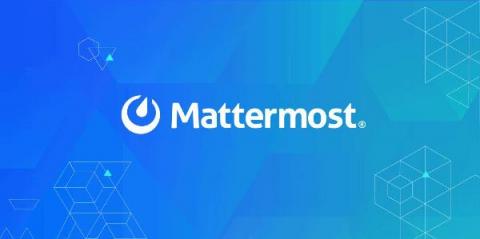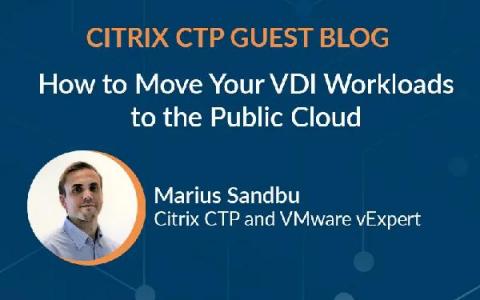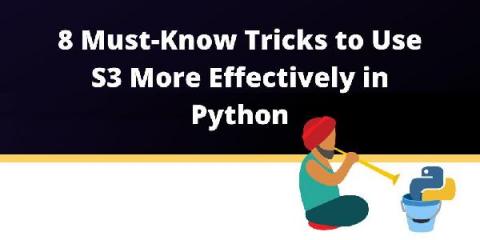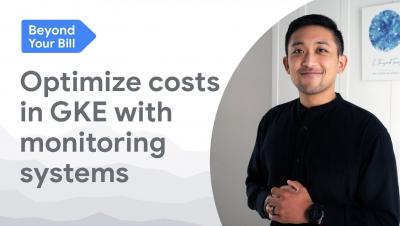Operations | Monitoring | ITSM | DevOps | Cloud
Cloud
The latest News and Information on Cloud monitoring, security and related technologies.
Automate EKS Node Rotation for AMI Releases
In the daily life of a Site Reliability Engineer, the main goal is to reduce all the work we call toil. But what is toil? Toil is the kind of work tied to running a production service that tends to be manual, repetitive, automatable, tactical, devoid of enduring value, and scales linearly as a service grows. This blog post describes our journey to automate our nodes rotation process when we have a new AMI release and the open source tools we built on this.
How to move your VDI workloads to the Public Cloud?
A couple of weeks ago, I had a webinar together with Goliath Technologies about what we need to consider before moving your VDI workloads to Public Cloud. In this blog post I will try and write a summary of the various stages that should be part of the journey and also some of the pitfalls that you can encounter when moving your VDI workload to Public Cloud.
Override Jenkins default executor configuration for more control over cloud infrastructure
The Spot Jenkins plugin allows Jenkins to manage Elastigroups, enabling users to run servers with spot instances and take advantage of the other Elastigroup features. It’s a powerful integration that Spot is continuously improving in order to give our users even more control over their application infrastructure.
8 Must-Know Tricks to Use S3 More Effectively in Python
AWS Simple Storage Service (S3) is by far the most popular service on AWS. The simplicity and scalability of S3 made it a go-to platform not only for storing objects, but also to host them as static websites, serve ML models, provide backup functionality, and so much more. It became the simplest solution for event-driven processing of images, video, and audio files, and even matured to a de-facto replacement of Hadoop for big data processing.











